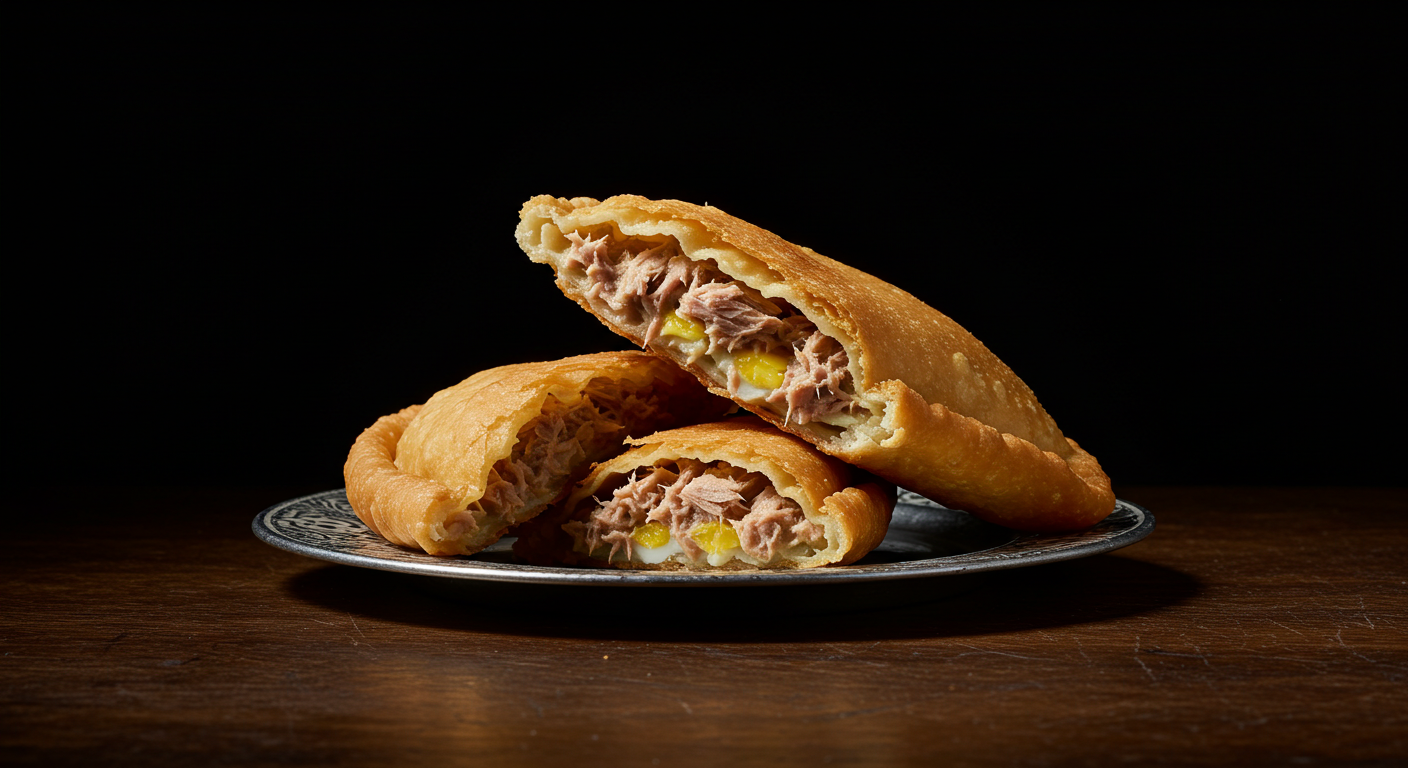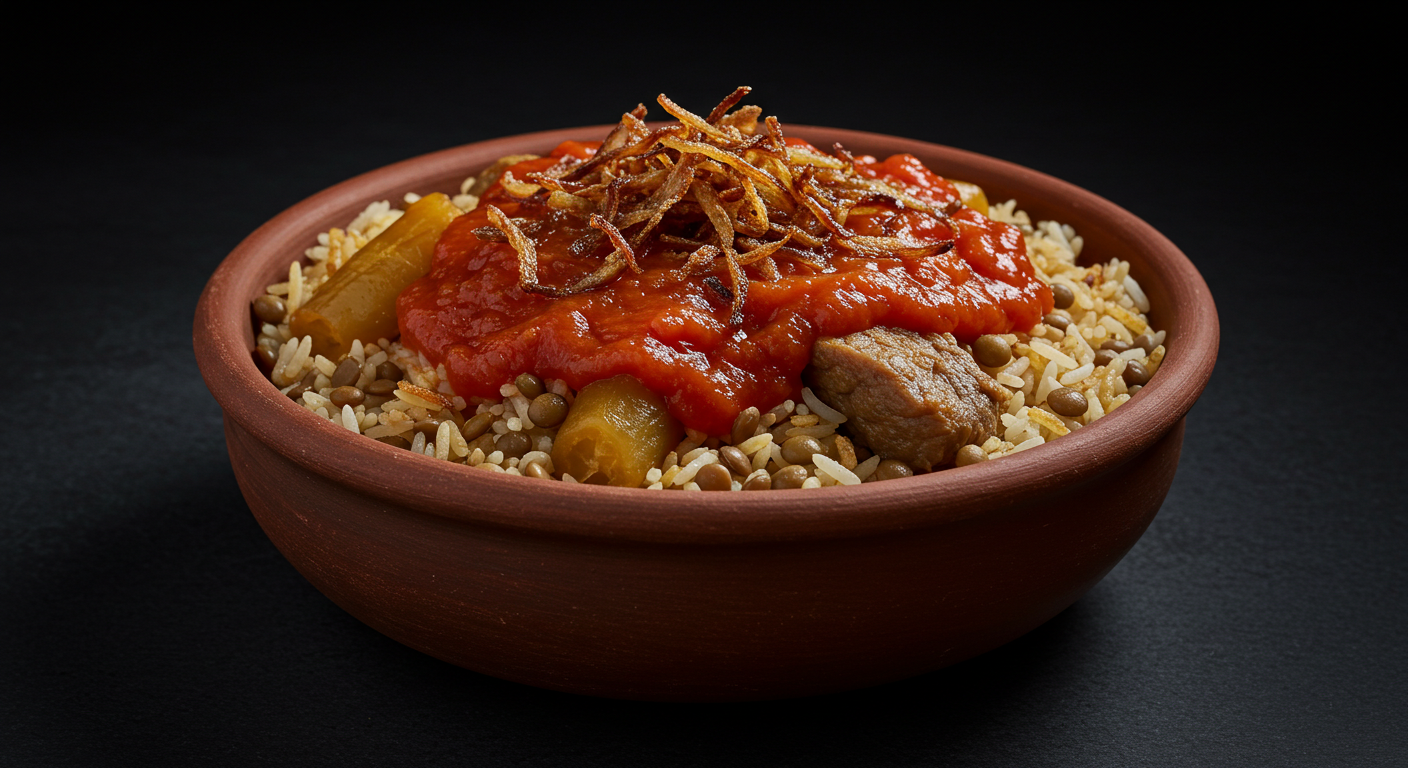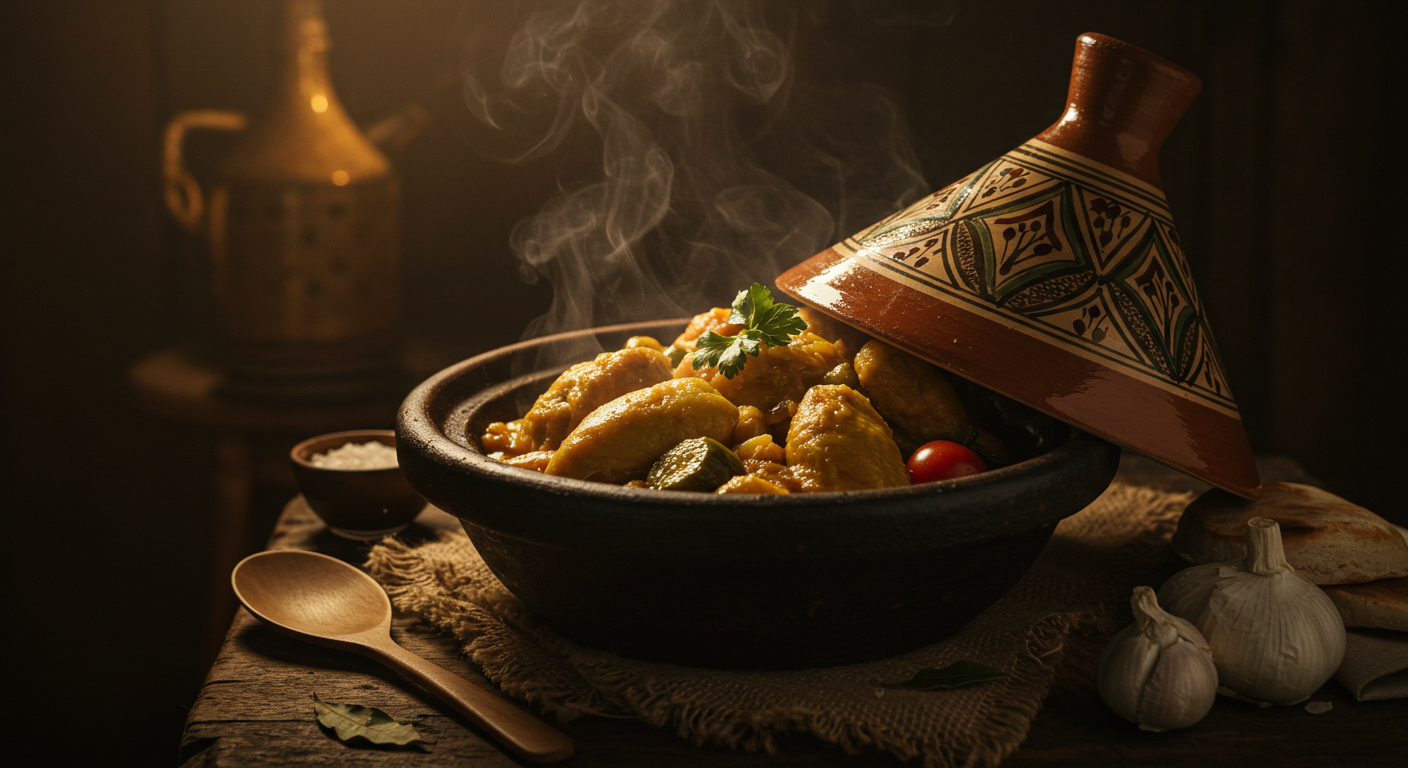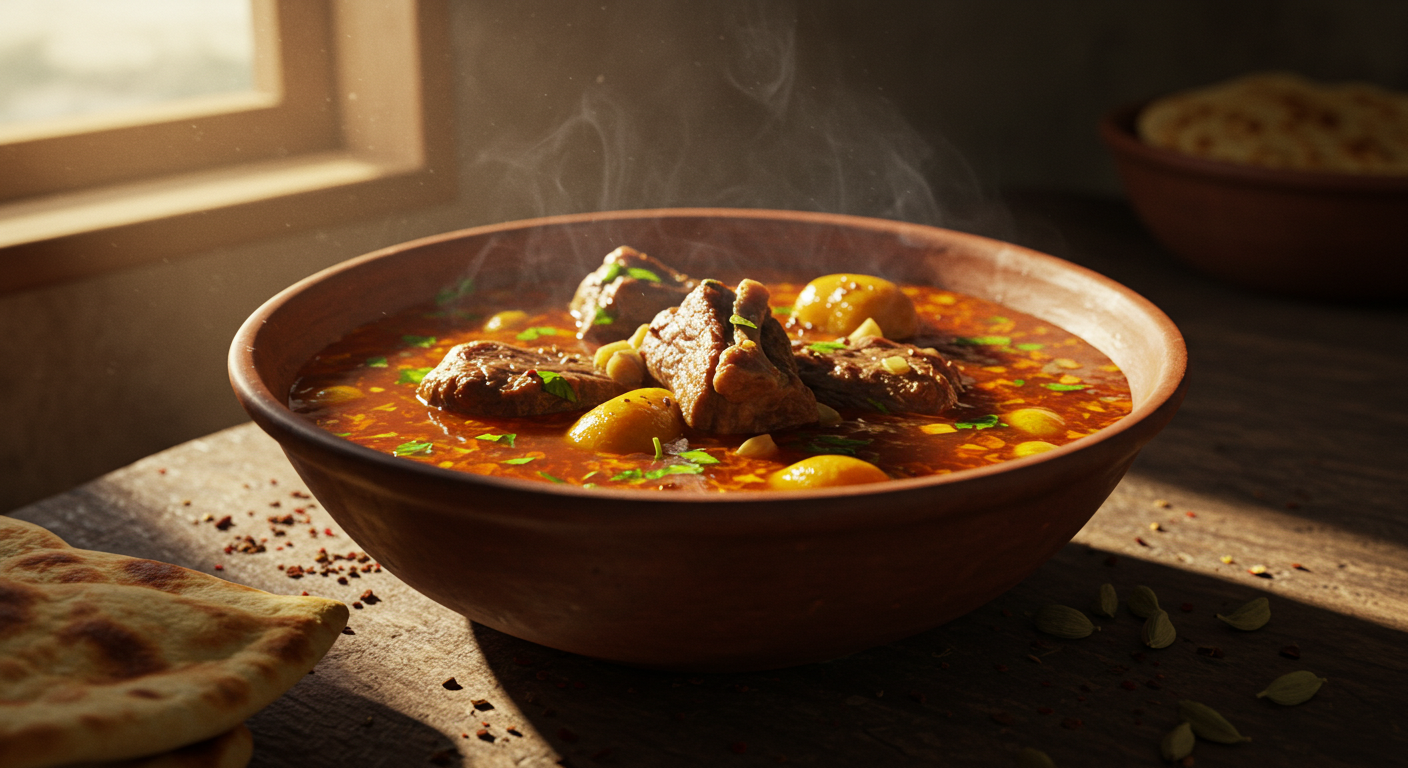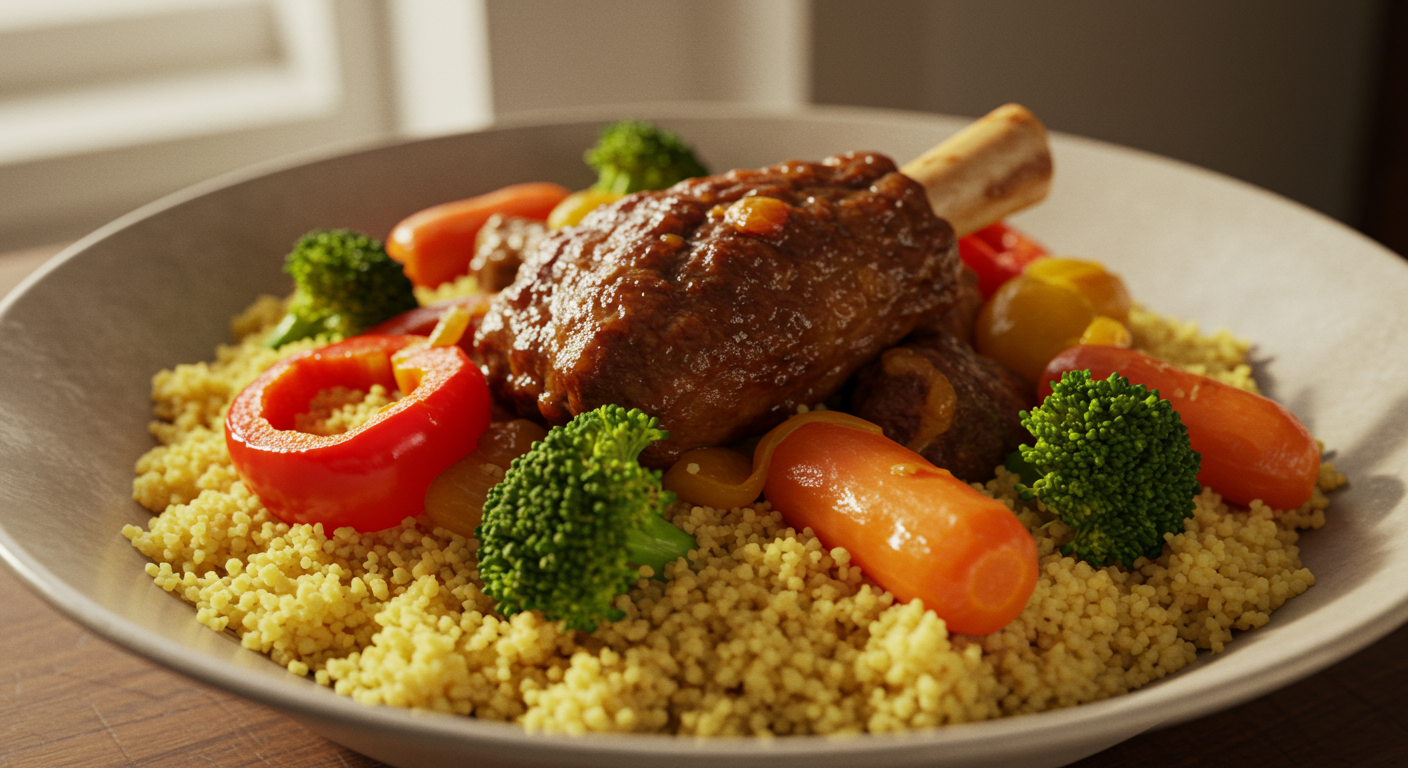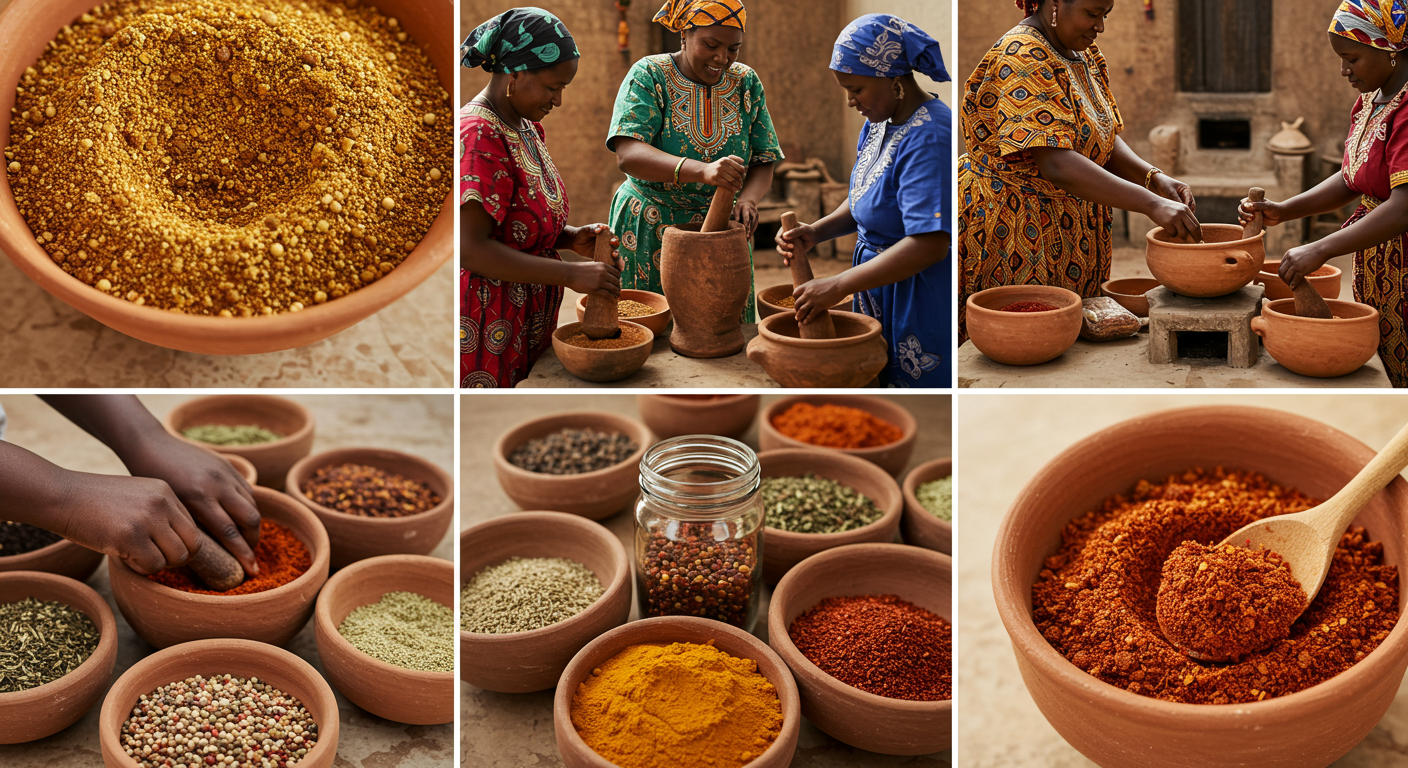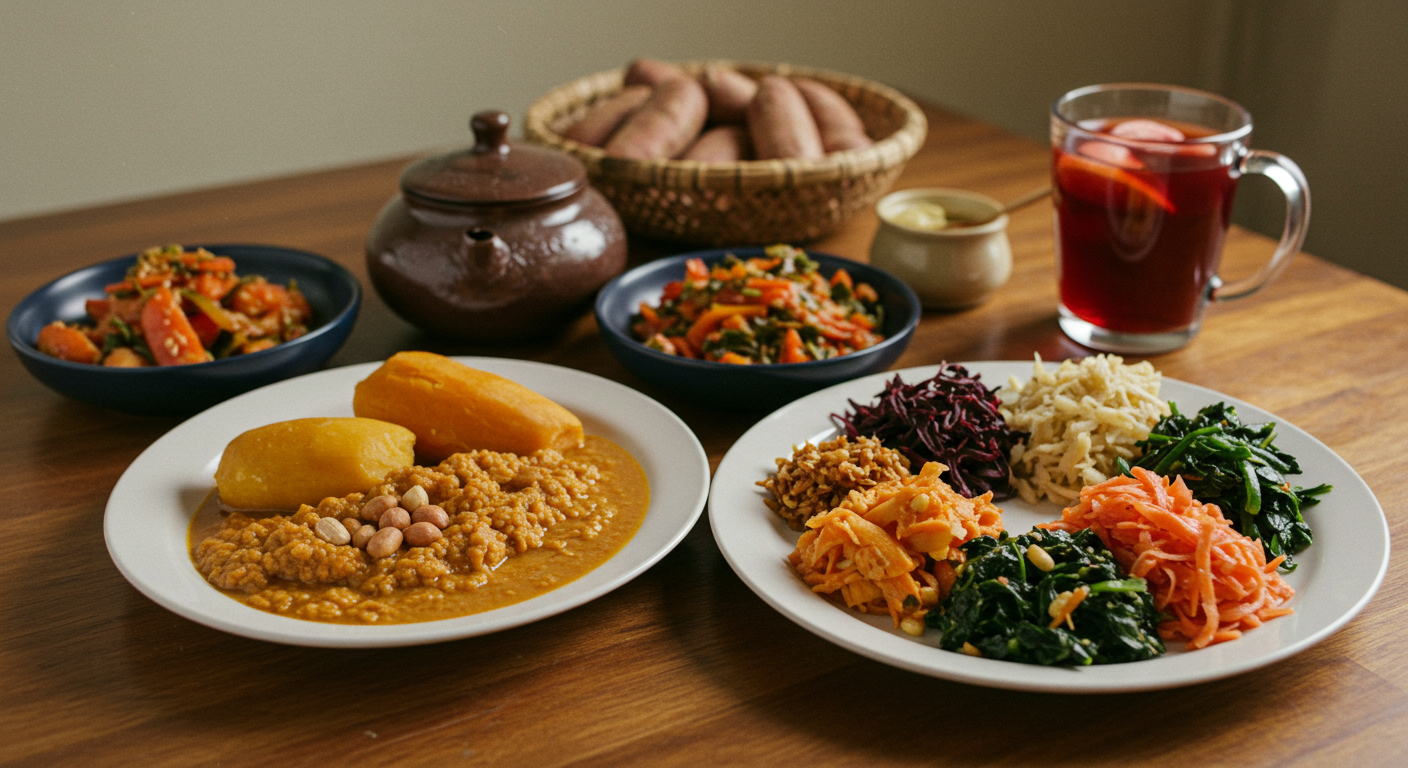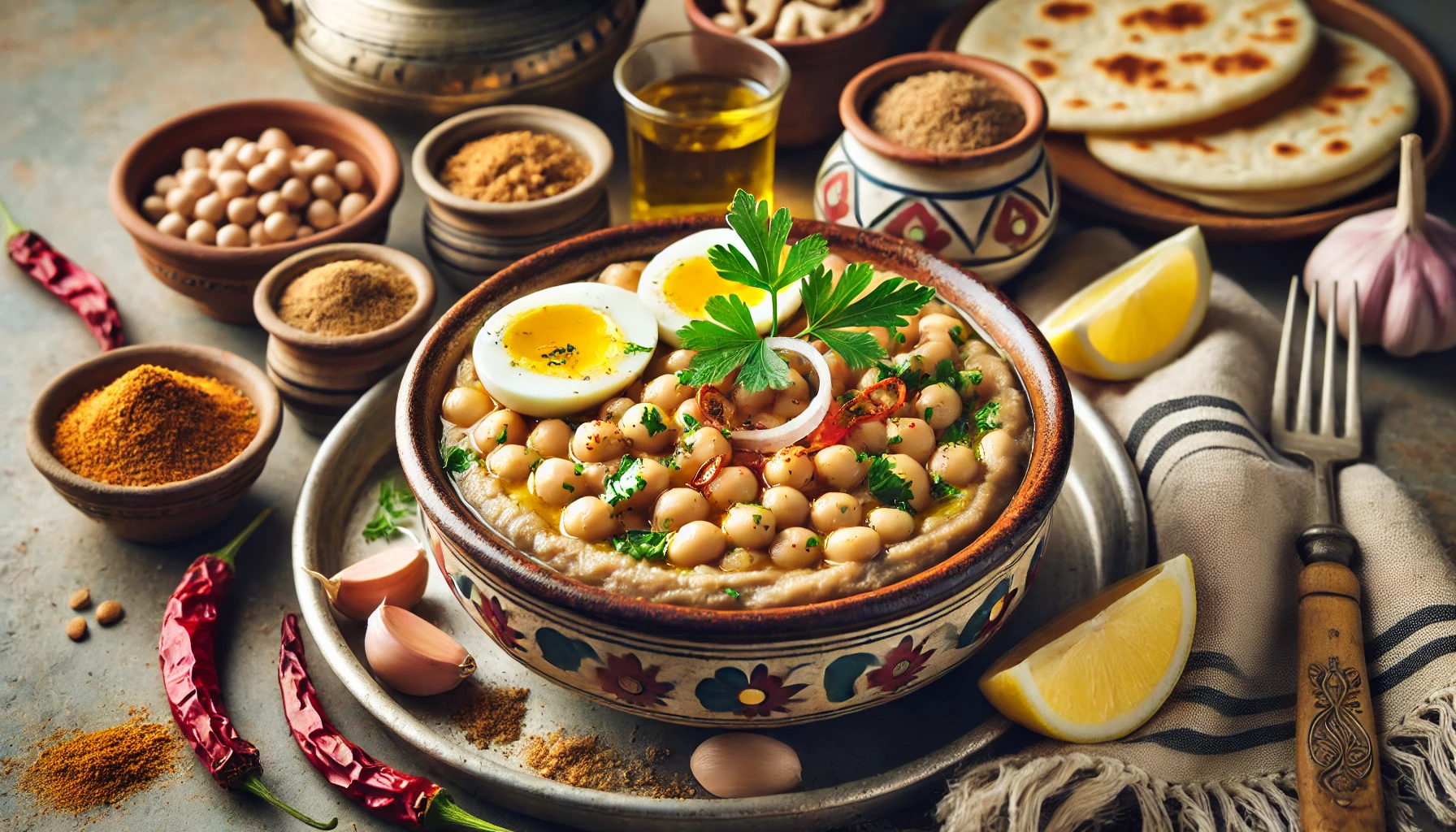Brik is Tunisia’s crispy snack, often eaten during Ramadan. The delicate pastry is stuffed with egg and tuna, then fried golden.
Recipe:
Ingredients:
4 sheets brik or phyllo dough
4 eggs
1 small can of tuna
1 tbsp capers (optional)
Chopped parsley
Oil for frying
Instructions:
Lay a sheet of dough on a plate. Add tuna, parsley, capers, and crack an egg on top.
Fold into a triangle or square.
Fry quickly in hot oil until golden. Serve immediately.
